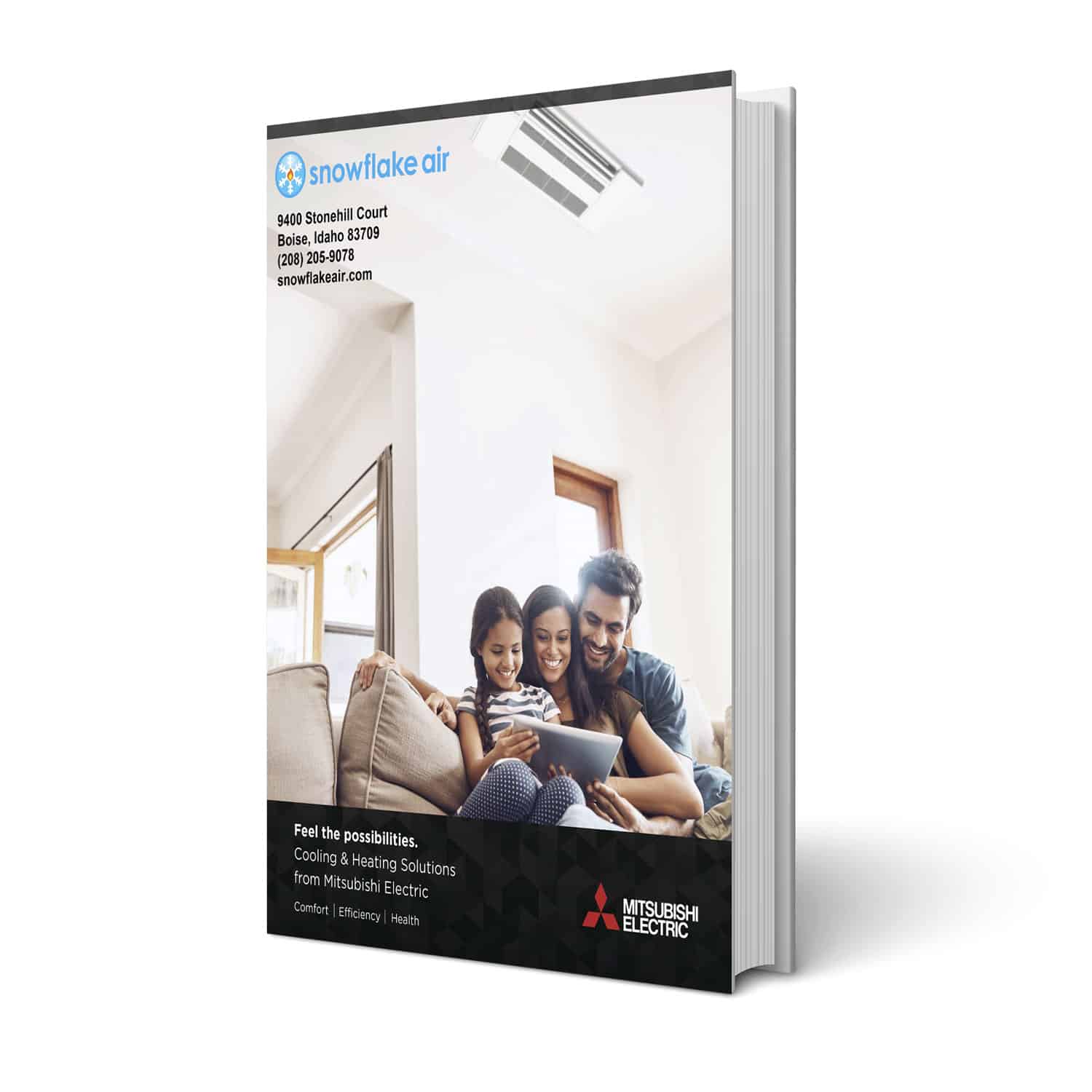Is your Kuna, ID home ready for flu season? People can get flu shots, but what about the house? Air purifiers are a great start, but don’t forget about the role humidity plays in your indoor air quality — and your health.
People used to think that it was the cold that made you sick — after all, that’s why cold and flu season is winter and not summer, right?
But, the truth is that it was way more to do with humidity — at least when it comes to how viruses spread. The air is less humid in the winter than the summer, making it easier for pathogens to spread from person to person.
Viruses and other particles in the air bond to water droplets. The moisture weighs down those molecules, and they fall to the ground. Then, you’re less likely to breathe them in.
Of course, too far in either direction — too humid or too dry — is a problem, even if each extreme presents different problems.
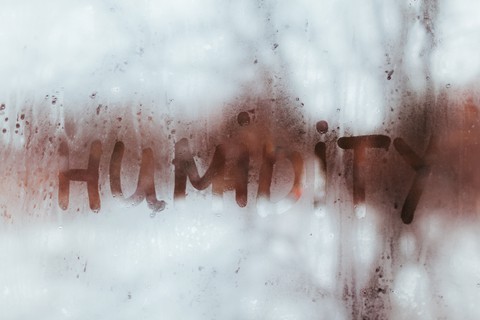
Ideally, you want to keep your relative humidity between 50 and 60 percent. In this article, we’ll explain why and apply it specifically to the flu season. Then, we’ll talk about how to control it.
Our list is a mix of DIY strategies and professional fixes. And, it includes some steps beyond monitoring moisture.
But first, let’s start with the basics.
Relative Vs. Absolute Humidity
Absolute humidity is the physical count of moisture in the air. You see it expressed in weight as the number of grams of water vapor in a cubic meter of air. By contrast, relative humidity is a percentage telling you how much water is in the air versus how much the air can possibly hold. It’s a much more practical measure.
You may have noticed we mentioned “relative humidity” in particular. It’s also what you see on weather reports.
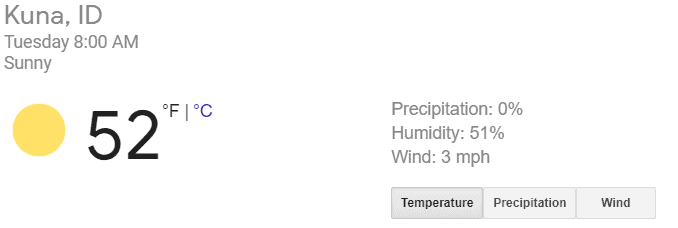
It’s more important than absolute because it’s a better gauge of how it makes you feel and how it affects the immediate environment.
We mentioned before that cold air is dryer than warm air. It’s a natural phenomenon: The colder the air, the less moisture it can hold. That’s why winter air is dry, and summer air is muggy.
Ultimately, you want to keep your relative humidity percentage between 50 and 60. It’s the most comfortable and healthiest range.
Home Humidity in the Winter
Taking it back to flu season: Too little humidity and viruses particles can travel far and wide before dropping out of the air. You’ll also experience dry skin and maybe cracked mucous membranes that lead to bloody noses.
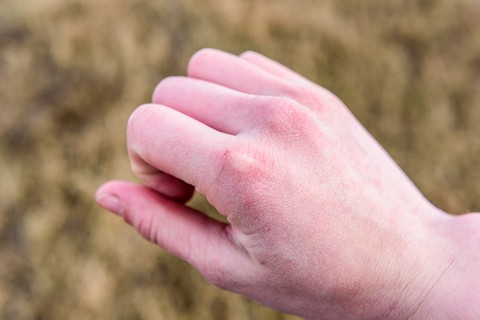
Those are more than just irritations. They’re also chinks in your armor against getting sick. Viruses and germs can enter the body through them.
Now, the big problem with a heater is super-dry air. Your house starts with cold, dry air. Then, the HVAC system warms it up. But, it does not add moisture.
As a result, the relative humidity is even lower than it was when the air was dry. Now, the air is hot and unnaturally devoid of moisture. It makes these symptoms even worse.
That’s why you want to add humidity in the winter — but not too much! Otherwise, you’ll feel stuffy or clammy.
You’ll still reduce your risk of getting the flu — those viruses will drop quickly — but you’ll still feel miserable.
With all that in mind, we’ll start with the DIY fixes. But, your first step is getting a humidistat. It measures the humidity in the air, just like how a thermostat tracks the temperature.
That will tell what’s working and what’s not.
DIY Ways to Adjust Your Home’s Humidity in the Winter
Three easy ways to increase your home humidity in the winter:
-
Leave Out Bowls Of Water
-
Boil Water On The Stove
-
Shower With the Door Open
We’ll get into more hands-off strategies next. But, for the person looking for inexpensive solutions that take a little work, these are the way to go.
Leave Out Bowls Of Water
This trick is direct, easy, inexpensive, but maybe a little hokey: Pour water into bowls, and put them up high in places where no one can knock them over.
Little by little, the water will evaporate into vapor. As this happens, you’ll increase the relative humidity in the house. It works, but it’s not much to look at.
Boil Water On The Stove
You can switch from coffee to tea, or just randomly heat water on the stove. As it boils, it turns into vapor. It’s the same process as bowls of water, but it happens much faster. So, you don’t need to leave it out.
You can do this once a day or more, depending on what you need.
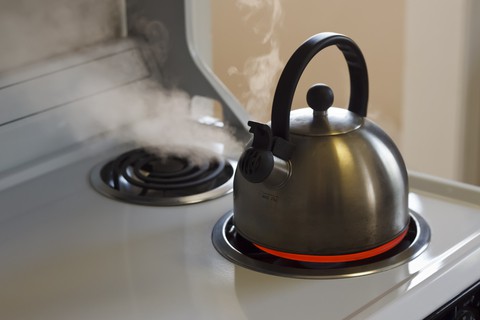
Shower With The Door Open
Use all that steam from your shower by letting it circulate through your house! When you leave the door open, all that water vapor travels out of the bathroom. Bonus: your mirror won’t get nearly as foggy.
Those are the low-cost, DIY solutions. Now, for the big guns.
Whole-Home Humidification For Flu Season
You can buy a few small humidifiers, but you’ll need to keep filling them with water. And, at best, each one will only handle a single room. You want to treat the whole house.
The solution is a model that we install as part of your heating and cooling system! Just like how the furnace turns on and off on its own, these switch off and on automatically.
And, they’ll help out in every room that has ductwork and vents.
Air Purifiers
Using an air purifier doesn’t do much about humidity — but it makes some giant leaps in overall indoor air quality.
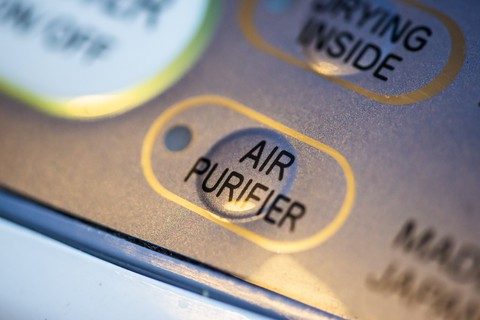
Once again, we’re not talking about retail-level, plug-in models. Instead, a whole-home solution attaches to the HVAC system and works on its own.
You have some options of different air purifiers to choose from, depending on your specific needs.
HVAC Air Filters
While we’re talking about indoor air quality, it’s also important to mention air filters and how they work. These are the small screens that slide into your furnace or central air system. They trap tiny molecules like dust and dirt.
It’s mostly there so that debris doesn’t get into your HVAC system and damage it. But, they also help your heater get rid of dust in your home by preventing it from circulating any further.
Of course, you have to change the filter every month when your system is running. Our worry-free filter program for Kuna, ID homes – and homeowners across Boise Metro – makes it easy to stay on that schedule.
HVAC Service In Kuna, ID
Whether you’re worried about flu season or just want your Kuna, ID home more comfortable this winter, Snowflake Air can provide you with the HVAC service to help keep your humidity in the best range possible.
Call or email us today for a free consultation! We’ll go through your needs and your home’s specifications to help you build a strategy that’s perfect just for you.


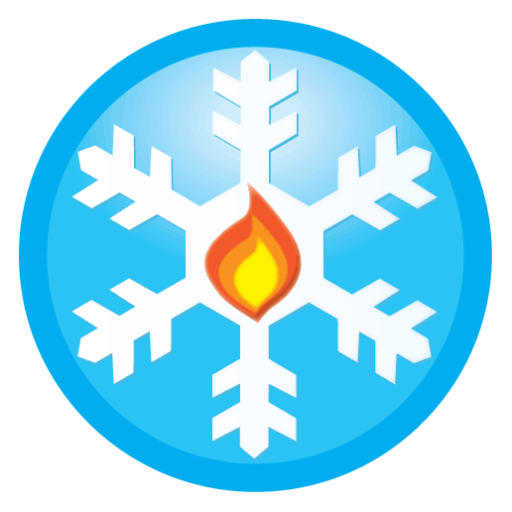
![How Humidity Affects Your Home During Flu Season [2020]](https://snowflakeair.com/wp-content/uploads/2020/09/dreamstime_xs_33862756.jpg)
